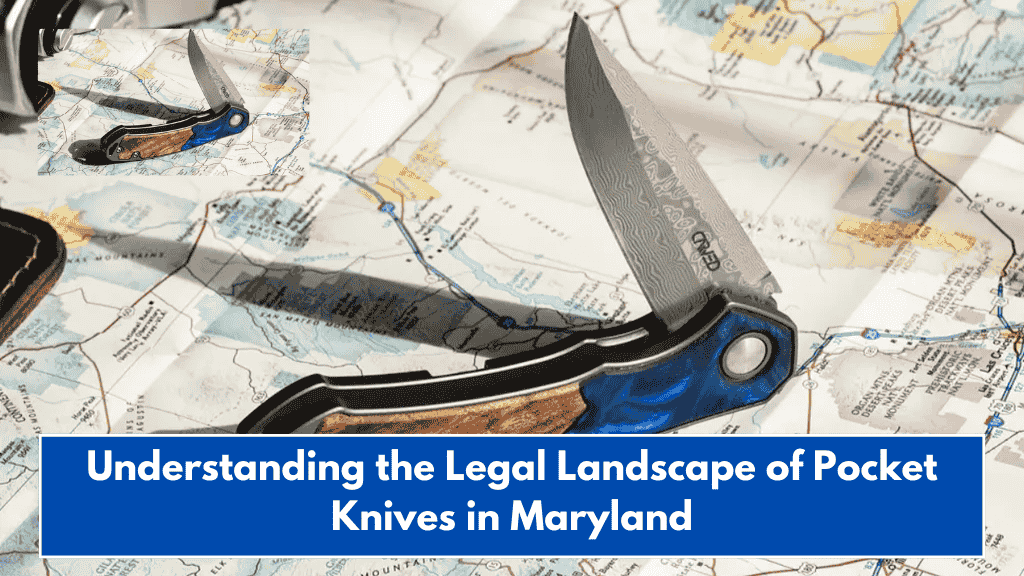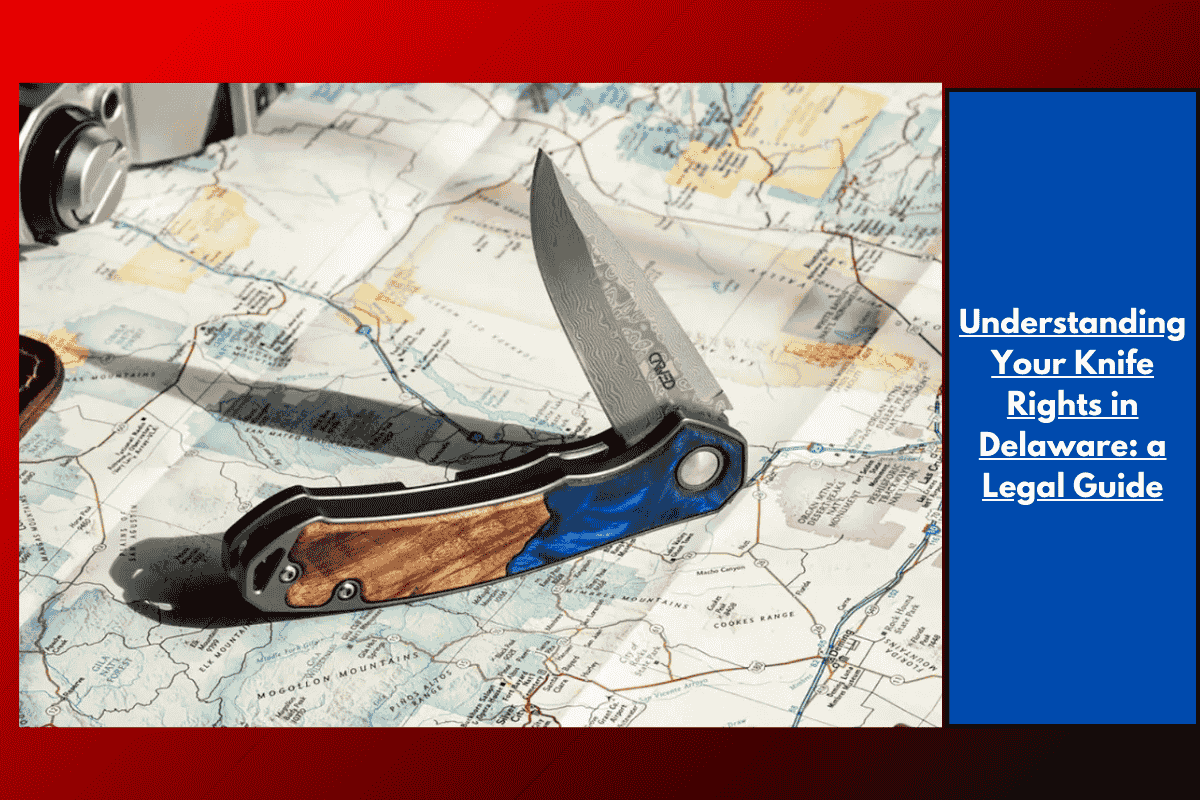MARYLAND, USA — Knife laws in Maryland can be confusing, especially for visitors and even local residents. With so many rules about carrying and owning knives, it’s important to know what’s legal—and what’s not—so you can stay out of trouble.
Maryland has both state-level and local laws, which means rules can change depending on where you are in the state. So, whether you’re carrying a knife for work, outdoor use, or self-defence, it’s crucial to follow the law.
Overview of Maryland Knife Laws
Maryland’s knife laws aim to protect public safety while still allowing lawful knife use. These laws explain which knives are allowed, where you can carry them, and how you can carry them.
Understanding these rules can help you avoid legal trouble and fines.
General Restrictions on Carrying Knives
Maryland law does not allow certain knives to be carried in public—especially if they are hidden (concealed). This rule applies whether you’re walking or driving.
Also, some sensitive locations like schools, government offices, or public events have stricter rules. So even legal knives may not be allowed in those places.
What Is Considered a Dangerous Weapon?
According to Maryland Criminal Law §4-101, any item used to hurt someone can be called a dangerous weapon. This includes many types of knives, depending on how they are used or carried.
Types of Knives That Are Prohibited in Maryland
Some knives are considered too risky and are banned for public carrying or ownership:
- Automatic Knives (Switchblades)
- Gravity Knives
- Neck Knives
- OTF (Out-The-Front) Knives
These knives are often linked to crimes, so Maryland law restricts their use. Carrying these without proper permission can result in fines or even jail time.
Legal Knife Carry Options in Maryland
There are two main ways to legally carry knives: open carry and concealed carry. Both have their own set of rules.
Open Carry
In many areas of Maryland, you are allowed to openly carry certain knives, as long as they are not banned types. Examples include folding knives or utility knives. However, local laws may add extra restrictions—so always double-check.
Concealed Carry
If you want to carry a knife hidden from view, you may need a concealed carry permit. This includes a background check and official approval. Carrying a hidden knife without this permit can be illegal.
How Maryland Classifies Knives and Weapons
Knowing how the law sees different knives helps avoid mistakes.
Dangerous Weapons
Knives that can seriously hurt someone are seen as dangerous weapons. This includes some common knives if used in a threatening way.
Legal vs. Illegal Knives
Legal knives include:
- Pocket knives with blades under a certain length
- Folding knives not opened by spring or gravity
Illegal knives include:
- Switchblades
- Gravity knives
- Automatic knives
The law is strict, and being caught with an illegal knife can lead to serious penalties.
Knife Rules Based on Knife Type
Different types of knives have different rules in Maryland. Here’s a quick look:
Automatic Knives
Switchblades and other automatic knives are usually illegal to carry concealed. In some rare cases, they may be allowed with a permit for open carry.
Gravity Knives
Knives that open using gravity are also tightly controlled. These are treated like switchblades under Maryland law and can’t be carried openly or hidden without proper legal reasons.
Assisted Openers
These are different from switchblades and may have fewer restrictions. Still, it’s best to carry them carefully and only where they’re legally allowed.
If you live in Maryland or plan to visit, understanding the state’s knife laws is a must. Rules change depending on the knife type, how you carry it, and where you are. Stick to legal knives, know your local regulations, and always avoid carrying restricted types like switchblades or gravity knives.
Taking these simple steps will help you stay safe—and stay on the right side of the law.














